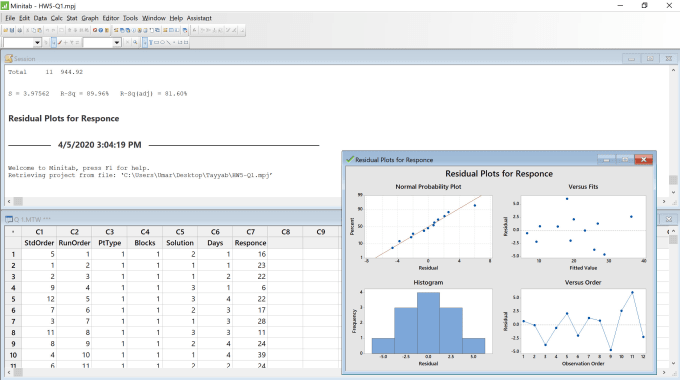
Let's start off with the descriptive statistics for the two variables. No linear correlation and say that there is significant positive linear correlationīetween the variables. Hypothesis is true and so in this case we'll reject our null hypothesis of The p-value is the chance of obtaining the results we obtained if the null The null hypothesis here is H 0: ρ = 0, that is, that there is no significant linear correlation. Test, and every time you have a hypothesis test, you have a null hypothesis. Every time you have a p-value, you have a hypothesis Remember that number,įor now, the p-value is 0.000. The Pearson's correlation coefficient is r = 0.888. Pearson correlation of snatch and clean = 0.888 On to finding the correlation coefficient. The clean & jerk and the snatch weights for the competitors, so let's move You can see from the data that there appears to be a linear correlation between The first rule in data analysis is to make a picture. Jerk lift Total The total weight (kg) lifted by the competitor Age Body The weight (kg) of the competitor Snatch The maximum weight (kg) lifted during the three attempts at a snatch lift Clean The maximum weight (kg) lifted during the three attempts at a clean and


Data Dictionary Age The age the competitor will be on their birthday in 2004.

Kg) that men who weigh more than 105 kg were able to lift are given in the We will use a response variable of "clean" and a predictor variable of "snatch". In the snatch event and what that same competitor can lift There is a correlation between the weights that a competitive lifter can lift The data used here is from the 2004 Olympic Games.


 0 kommentar(er)
0 kommentar(er)
